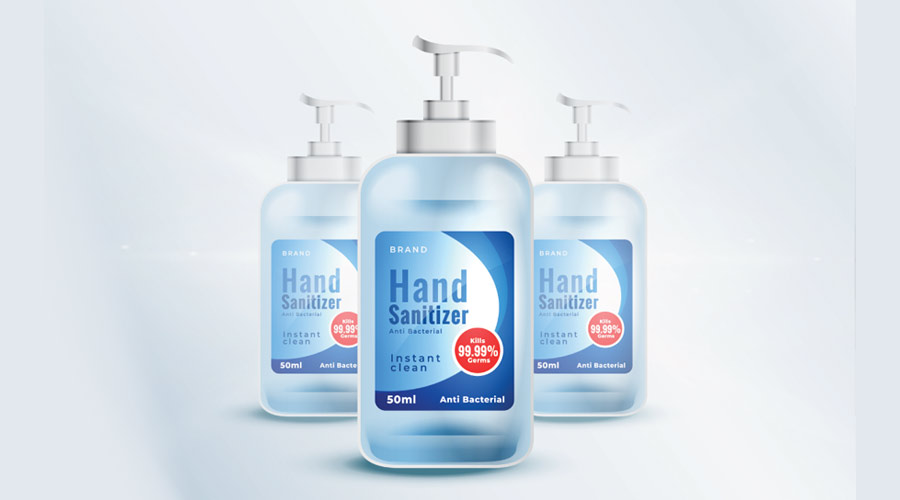
PURELL hand hygiene expert Dawn Yeomans, Ph.D., has advice for the millions of American families and teachers shopping for back-to-school supplies over the coming weeks – don't forget the hand sanitizer. Back to school means back to germs, so she says to arm the students and teachers in your life with hand sanitizer so they can conveniently kill germs without a trip to the restroom.
"Keeping your hands clean is one of the best ways to fight off germs that may cause illness in all settings, particularly in schools – and especially during the fall and winter months when germs are so prevalent," says Yeomans. "Alcohol-based hand sanitizer is an essential part of the school day as students and school staff wash or sanitize their hands up to 10-20 times in a typical day. Those key moments should include after using the restroom; before eating; after blowing their nose, sneezing or coughing into their hands or touching garbage; when moving between classrooms or after recess; and when they get home from school."
She recommends considering these five key factors to ensure you buy safe and effective hand sanitizer:
1. Choose alcohol-based hand sanitizer. Ethyl alcohol (ethanol) has more than a century of data backing up that it kills a broader range of germs than non-alcohol sanitizers and works faster – which helps busy teachers and kids.
2. Provides adequate coverage: The container that the product is in is also important for its effectiveness. For it to work, you need to use enough that it completely covers all surfaces of both hands and dries in about 15 to 20 seconds. Be wary of hand sanitizers that spritz hand sanitizer onto the hands like perfume – it takes many, many pumps to be effective – and who has time for that?
3. Ingredients that support skin health: Children are prone to dry, irritated, and cracked hands, and many suffer from eczema. Look for ingredients like aloe, glycerin, or vitamin E to help soothe skin.
4. Fragrance-free or mild fragrance: Fragrances are the most common irritant in personal care products, so if you have sensitive skin or allergies, opt for fragrance-free. No sensitivities? It's OK to choose a sanitizer with a mild, pleasant fragrance (look for fragrances made with essential oils for a more natural option). Consider that teachers often prefer fragrance-free sanitizers in the classroom, as strong scents can be distracting or trigger allergies in some students.
5. It's pleasing to use: Most of us have had a bad experience with poor-quality hand sanitizer during the pandemic. Students and teachers are more likely to use hand sanitizer if it isn't sticky or runny, smells pleasant and leaves you feeling clean.
Donating hand sanitizer to the classroom? Don't send in leftovers from the pandemic. During the pandemic, the FDA temporarily allowed increased manufacturing of sanitizer to meet demand. However, there were many safety and efficacy issues with some of these sanitizers, and the FDA is still adding to a growing list of almost 600 hand sanitizers to avoid. Also, many of these are likely nearing or past their expiration date, so they are less effective.
Seek out some extra savings. Some states offer sales tax holidays or tax-free weekends for the back-to-school shopping season. Also, keep in mind that hand sanitizer is HSA/FSA-eligible.
"As the company that established the hand sanitizer category when we invented PURELL hand sanitizer in 1988, GOJO scientists take all of this into consideration — and more — in our carefully formulated products," says Yeomans. "The ingredients need to work in harmony to develop a great hand sanitizer that is not only safe and effective, but also provides a pleasing user experience."

 The Down and Dirty on Cleaning in Virus Season
The Down and Dirty on Cleaning in Virus Season How Surfactant Use is Expanding in Commercial Cleaning
How Surfactant Use is Expanding in Commercial Cleaning Maximize Your Margins: Learn How to Automate Pricing and Track Rebates
Maximize Your Margins: Learn How to Automate Pricing and Track Rebates